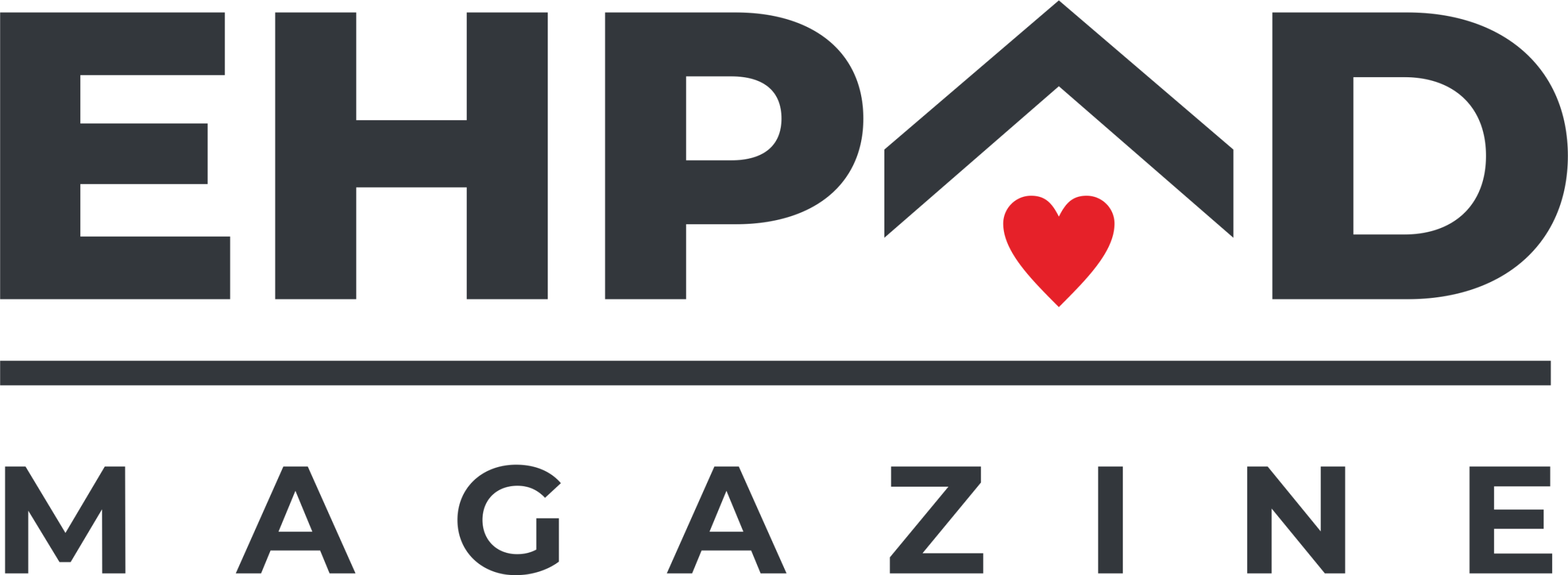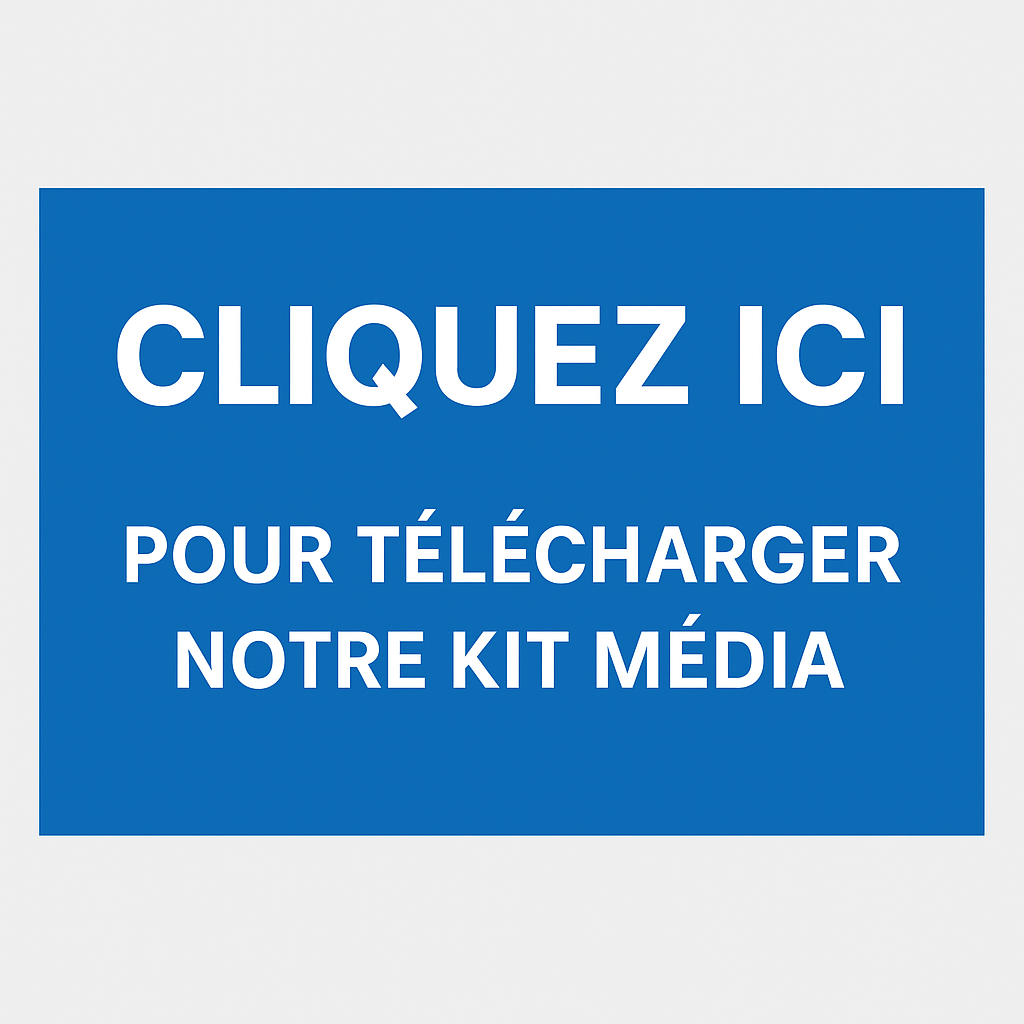Paris, the 19th of September 2025
The European Central Bank’s decision on September 11th to maintain its key interest rates unchanged has sent ripples of optimism through the healthcare real estate sector. With the deposit facility rate holding steady at 2.00%, the main refinancing rate at 2.15%, and the marginal lending facility at 2.40%, nursing home investors are witnessing a rare period of monetary stability that could unlock significant opportunities in the EHPAD and senior care property market. 🎯
📊 ECB’s Strategic Pause: What the Numbers Tell Us
The ECB’s latest monetary policy statement reveals a carefully calibrated approach to economic management. With inflation currently hovering around the 2% medium-term target, the central bank has opted for stability over adjustment. The new staff projections paint an encouraging picture:
• Inflation outlook: 2.1% in 2025, 1.7% in 2026, and 1.9% in 2027
• Core inflation (excluding energy and food): 2.4% in 2025, 1.9% in 2026, and 1.8% in 2027
• Economic growth projections: 1.2% in 2025 (revised up from 0.9%), 1.0% in 2026, and 1.3% in 2027
For nursing home investors, these figures represent more than mere statistics—they signal a period of predictable financing costs and stable investment conditions that haven’t been seen since before the 2022 rate hiking cycle. 💰
🏥 Healthcare Real Estate: The Beneficiary of Monetary Stability
The healthcare real estate sector, particularly nursing homes and senior residences, has historically thrived in stable interest rate environments. Unlike volatile commercial real estate segments, healthcare properties offer:
Defensive Characteristics:
• Long-term lease agreements (typically 9-12 years in France)
• Government-backed revenue streams through social security systems
• Inflation-indexed rent escalations
• Essential service nature providing recession resistance
With the ECB maintaining its accommodative stance, financing costs for healthcare real estate acquisitions remain at historically attractive levels. Current market data suggests that quality nursing home properties in France are trading at net yields between 5.5% and 7.5%, while financing costs hover around 3.5-4.5% for well-structured deals. 📈
💡 Investment Implications: The LMNP Advantage Amplified
The stable rate environment particularly benefits investors utilizing the LMNP (Loueur Meublé Non Professionnel) tax regime for nursing home investments. Here’s why:
Enhanced Cash Flow Predictability:
With borrowing costs stabilized, investors can more accurately project their net cash flows over the typical 9-12 year lease periods. A €300,000 nursing home room financed at 4% over 20 years generates monthly payments of approximately €1,818, leaving substantial room for positive cash flow given typical rental yields of 6-7%.
Depreciation Benefits Maximized:
The LMNP regime allows investors to depreciate both the property and furnishings over time. With stable interest rates, the real value of these tax benefits increases, as investors aren’t competing with rapidly rising financing costs that might erode returns.
Refinancing Opportunities:
Existing nursing home property owners can now consider refinancing strategies without the fear of dramatically higher rates. Properties purchased during the 2022-2023 period at higher rates (5-6%) can potentially be refinanced at current levels, improving cash flow by €200-400 per month on a typical €300,000 investment. 🔄
🌍 European Market Dynamics: A Continental Perspective
The ECB’s decision impacts nursing home investments across the eurozone, but with varying degrees of opportunity:
France: The market leader with over 7,500 EHPAD facilities, France offers the most liquid and regulated market. Recent transaction volumes have reached €500 million annually, with institutional investors like LeadCrest Capital recently acquiring €120 million portfolios from operators like Emeis (formerly Orpea).
Germany: Europe’s largest economy presents significant opportunities, with nursing home transaction volumes in continental Europe reaching €2.3 billion in 2024. The stable rate environment is particularly beneficial given Germany’s higher average property values.
Belgium and Netherlands: These markets offer attractive yields (6-8%) and benefit from robust regulatory frameworks. The stable ECB rates make cross-border financing more predictable for international investors.
⚠️ Risk Factors to Monitor in This Environment
While the stable rate environment presents opportunities, prudent investors should monitor several key risks:
Operator Financial Health:
The nursing home sector has experienced significant consolidation following the Orpea crisis. Investors must carefully evaluate operator creditworthiness, particularly for smaller regional players. Due diligence should include:
• Operator EBITDA margins (target: >15%)
• Occupancy rates (target: >90%)
• Regulatory compliance history
• Financial covenant compliance
Regulatory Changes:
French healthcare regulations continue evolving, with potential impacts on:
• Staffing requirements and associated costs
• Quality standards and compliance costs
• Reimbursement rates from social security systems
Demographic Shifts:
While aging populations support long-term demand, investors should consider:
• Regional demographic variations
• Competition from home care alternatives
• Changing consumer preferences for senior living
📋 Practical Investment Checklist for Current Market Conditions
Before Purchasing:
✅ Verify operator financial stability (minimum 3 years of audited accounts)
✅ Confirm lease terms include inflation indexation (typically INSEE index)
✅ Ensure property meets current regulatory standards
✅ Validate occupancy rates and local market demand
✅ Structure financing to lock in current favorable rates
✅ Consider LMNP tax optimization strategies
For Existing Owners:
✅ Evaluate refinancing opportunities at current rates
✅ Review lease renewal terms and escalation clauses
✅ Assess property upgrade needs for regulatory compliance
✅ Monitor operator performance and financial health
✅ Consider portfolio diversification across operators/regions
🎯 Strategic Timing: Why Now Represents a Sweet Spot
Several factors converge to make the current environment particularly attractive for nursing home investments:
Market Maturation:
Post-Orpea consolidation has created a more stable operator landscape, with stronger players like Korian, Colisée, and DomusVi emerging as reliable partners.
Yield Compression Potential:
As interest rates stabilize and investor confidence returns, nursing home yields may compress from current levels (5.5-7.5%) toward historical norms (4.5-6.5%), creating capital appreciation opportunities for early movers.
Institutional Interest:
Major institutional investors are increasing allocations to healthcare real estate. The Savills European OpRE Investor Survey 2025 showed that 35% of respondents now target care homes, up from just 16% in 2024.
💼 EHPAD INVEST: Your Partner in Navigating Market Opportunities
In this evolving landscape, having expert guidance becomes crucial. EHPAD INVEST specializes in connecting investors with premium nursing home opportunities while ensuring complete transparency and independence. Our approach includes:
• Comprehensive operator due diligence and financial analysis
• Market-leading yield identification across France and Europe
• LMNP tax optimization strategies
• Independent transaction management (no funds handling)
• Post-acquisition monitoring and support services
Whether you’re considering your first nursing home investment or expanding an existing portfolio, our team provides the expertise needed to capitalize on current market conditions while managing associated risks.
🔮 Looking Ahead: Market Outlook Through 2026
The ECB’s commitment to data-dependent, meeting-by-meeting decisions suggests continued stability in the near term. Key factors supporting the nursing home investment thesis include:
Demographic Tailwinds:
Europe’s population aged 65+ is projected to grow by 2.3% annually through 2030, ensuring sustained demand for senior care facilities.
Supply Constraints:
Regulatory hurdles and high development costs limit new supply, supporting occupancy rates and rental growth for existing properties.
ESG Investment Trends:
Nursing homes align with ESG investment criteria, attracting capital from sustainability-focused institutional investors.
📈 Conclusion: Seizing the Stability Dividend
The ECB’s decision to maintain stable interest rates creates a unique window of opportunity for nursing home investors. With financing costs predictable, operator landscapes stabilizing, and demographic trends supportive, the conditions align for attractive risk-adjusted returns in the healthcare real estate sector.
Successful investors will focus on:
• Securing financing at current favorable rates
• Partnering with financially stable operators
• Optimizing tax strategies through LMNP structures
• Maintaining diversification across operators and regions
The combination of stable monetary policy, defensive asset characteristics, and strong demographic fundamentals positions nursing home investments as a compelling opportunity in today’s market environment. 🏆
🚀 Key Takeaways in 30 Seconds
- ECB maintains rates at 2.00% – Creating stable financing environment for healthcare real estate
- Nursing home yields at 5.5-7.5% – Attractive spread over financing costs of 3.5-4.5%
- LMNP tax benefits amplified – Stable rates enhance depreciation value and cash flow predictability
✅ Quick Investment Health Check
- Operator EBITDA margin >15%? ✓
- Property occupancy rate >90%? ✓
- Lease includes inflation indexation? ✓
- Financing locked at current rates? ✓
- LMNP tax structure optimized? ✓
- Exit strategy defined? ✓
Ready to explore nursing home investment opportunities in this favorable rate environment? Contact EHPAD INVEST for a complimentary market analysis and investment consultation. Our independent approach ensures you receive unbiased guidance tailored to your investment objectives.
📞 Get your free investment assessment: Visit EHPAD INVEST


